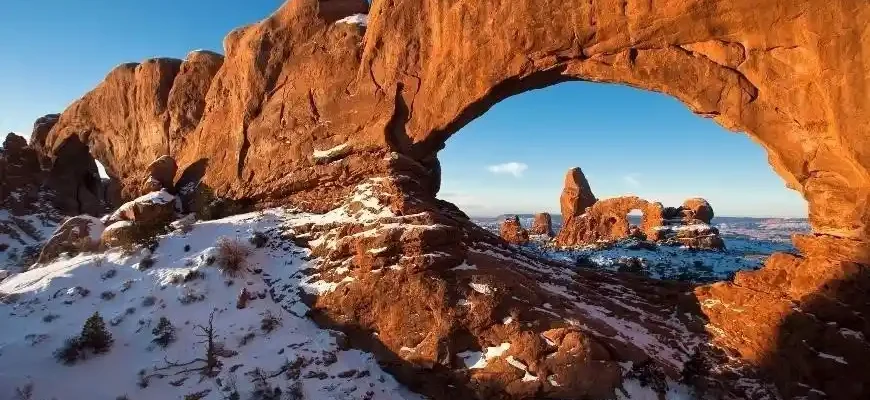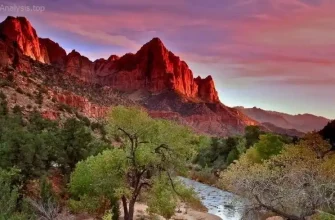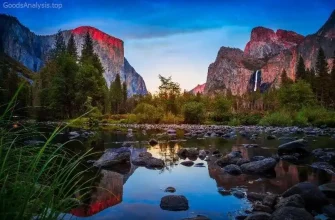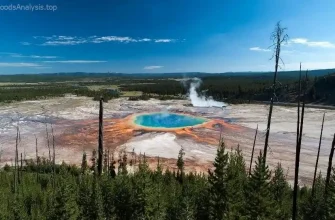1. What makes Arches National Park – UT special?
Arches National Park, located in the southeastern corner of Utah, is a geological marvel that captivates visitors with its striking landscapes and over 2,000 natural stone arches. These iconic formations, carved by millions of years of wind, water, and erosion, give the park its unique character and draw travelers from around the world. The park’s rock formations, which range from towering spires to delicate archways, create one of the most awe-inspiring and photogenic landscapes in the U.S.
Among its most famous features are Delicate Arch, the park’s symbol, which graces countless postcards and Instagram feeds, and Landscape Arch, the longest arch in North America. There are also numerous smaller but equally fascinating arches such as Double Arch, Broken Arch, and The Windows Section, each offering its own dramatic scenery and photographic opportunities.
Arches National Park also offers a variety of hiking trails, from easy strolls to more strenuous backcountry routes, providing visitors with a chance to explore the park’s intricate rock formations up close. Whether you’re an avid photographer, a geology enthusiast, or someone simply looking for stunning vistas, Arches National Park has something for everyone.
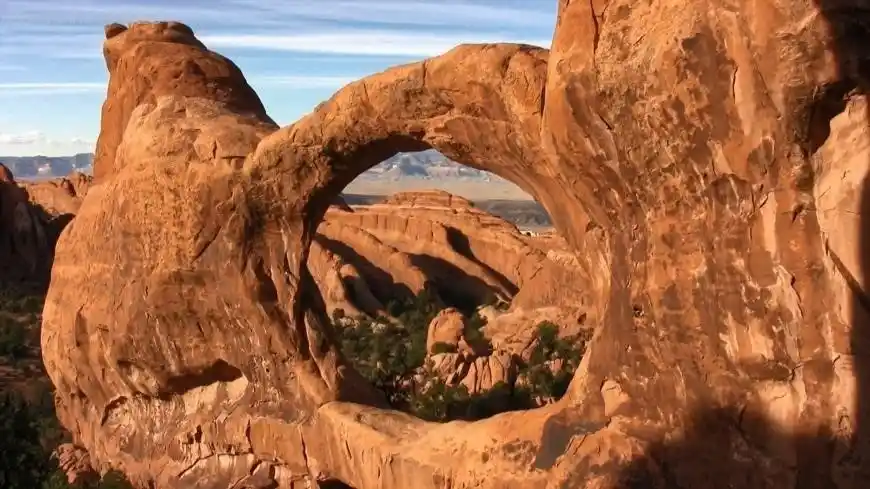
2. Visitor Tips & Practical Information
Best Time to Visit:
The best time to visit Arches National Park is during the spring (March to May) and fall (September to November) when the temperatures are moderate and the crowds are thinner. Summer months (June to August) can be extremely hot, with temperatures often exceeding 100°F (38°C), which can make hiking strenuous. Winter (December to February) offers cooler temperatures and fewer tourists, but some trails may be closed due to snow or ice.
Opening Hours:
Arches National Park is open year-round, 24 hours a day, but the Visitor Center operates from 9:00 AM to 4:30 PM daily. Keep in mind that entrance fees apply and the park can get crowded, especially during the summer months.
Entrance Fees:
- Private Vehicle: $30 (valid for 7 days)
- Motorcycle: $25 (valid for 7 days)
- Individual (on foot or bike): $15 (valid for 7 days)
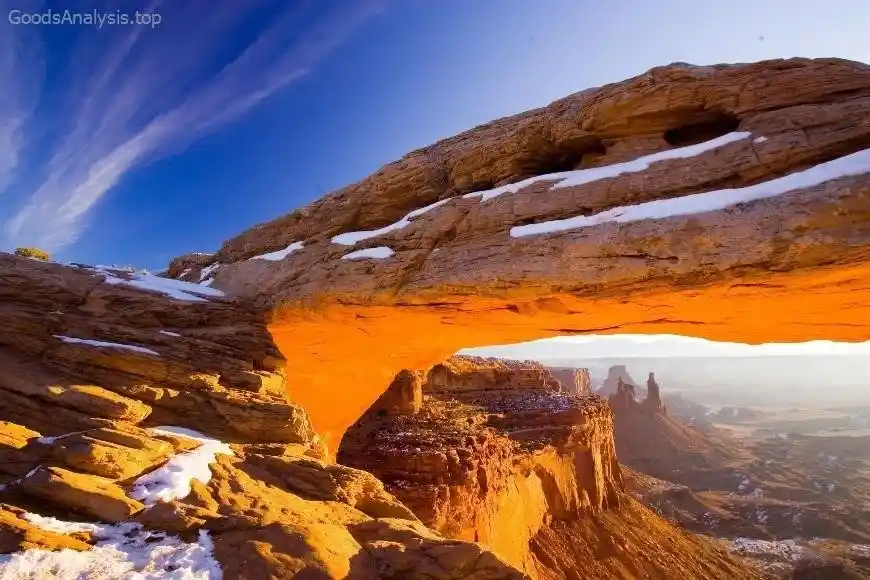
Accessibility:
While many of the park’s most famous formations are accessible via paved or moderately easy trails, not all areas are fully accessible for visitors with limited mobility. The Windows Section and Balanced Rock are two of the best spots for wheelchair users or those with mobility issues, as they offer short, paved trails with stunning views. The Visitor Center is also equipped with resources for those with special needs.
3. History and Cultural Significance
The history of Arches National Park dates back millions of years, beginning with the deposition of ancient sediments in a vast inland sea. Over time, geological forces and environmental conditions slowly shaped the landscape into what we see today. The park’s arches are a product of the delicate balance between erosion and rock formation, with some arches estimated to be only a few thousand years old, while others may last for millions more years.
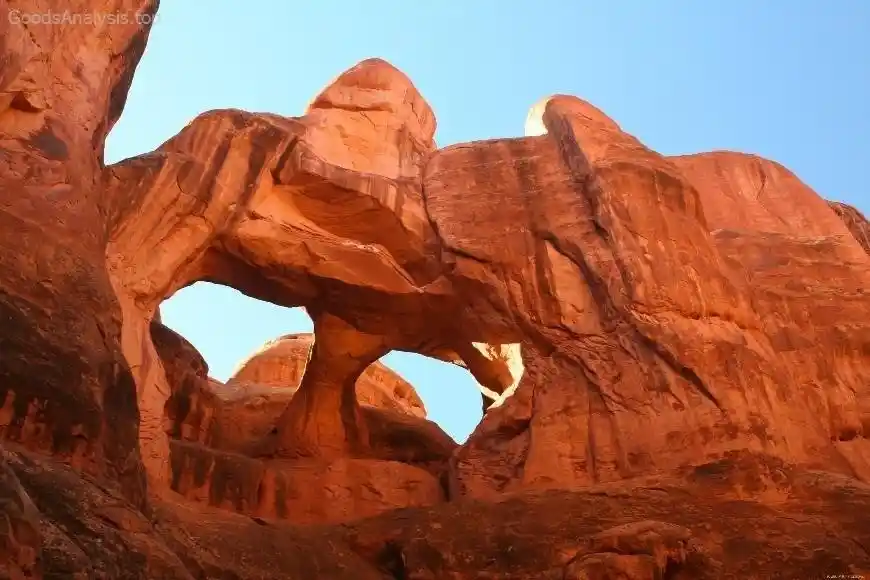
From a cultural perspective, the area surrounding Arches has been inhabited by various indigenous groups for over 10,000 years. The Ancestral Puebloans (also known as the Anasazi) were some of the earliest inhabitants, leaving behind rock art and other archaeological remnants in the region. Later, the Ute and Paiute tribes also lived in the area, relying on the desert’s resources for survival.
European settlers arrived in the region in the 19th century, with John Wesley Powell being one of the first to explore the Colorado River. The park was established as a national monument in 1929 by President Herbert Hoover and later expanded to national park status in 1971. Its name “Arches” was inspired by the numerous natural arches found throughout the landscape.
4. What to Expect When You Visit Arches National Park – UT
Visitors to Arches National Park are immediately struck by the otherworldly landscape. The park’s rugged terrain and vast, open sky offer a dramatic contrast to the bustling cities of the surrounding region. As you enter the park, you’re greeted by towering rock formations that seem to defy gravity—arches, spires, and balanced rocks seemingly suspended in mid-air.
The main entrance leads to a scenic drive that provides access to some of the most iconic sites, including Delicate Arch, Landscape Arch, and The Windows. Along the way, you’ll encounter numerous overlooks and trailheads, each offering a different perspective on the park’s diverse landscapes.
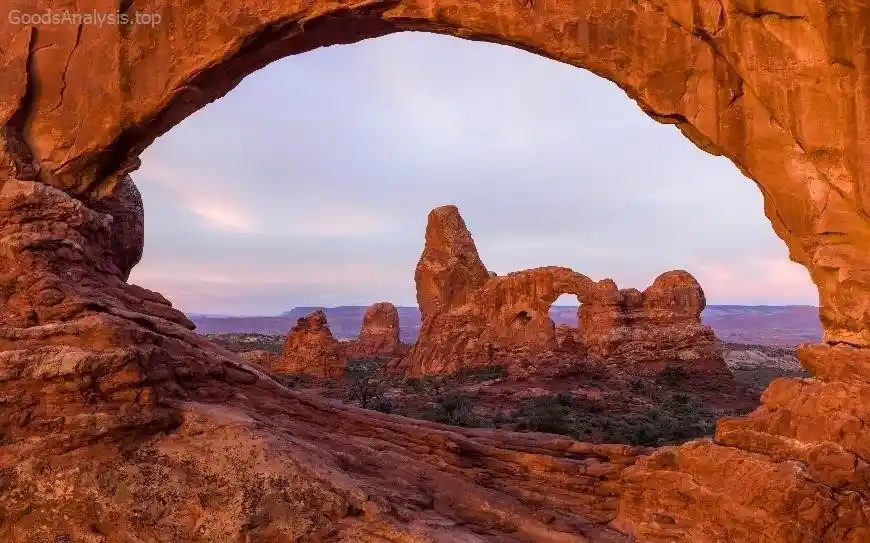
Hiking is one of the best ways to immerse yourself in the park’s beauty. The Delicate Arch Trail is the most famous hike, though it can be challenging due to its steep and rocky terrain. For a less strenuous experience, the Windows Trail offers spectacular views of the park’s arches and is accessible for most visitors. Early mornings or late afternoons provide the best light for photography, as the sun casts long shadows and accentuates the park’s natural features.
Expect a sense of serenity and awe during your visit, especially as you walk beneath the arches themselves or gaze out over vast expanses of desert. Arches has a peaceful ambiance that invites reflection, photography, and a deep connection to the natural world.
5. Nearby Attractions and Dining Options

While Arches is the star of the show, there are plenty of nearby attractions to explore as well:
- Canyonlands National Park: Just a 30-minute drive from Arches, Canyonlands offers even more rugged landscapes and dramatic vistas. The Island in the Sky district provides accessible viewpoints, while the Needles district offers challenging hiking opportunities.
- Dead Horse Point State Park: Located near Canyonlands, this state park offers breathtaking views of the Colorado River and is an excellent spot for sunset photography.
- Moab: The nearest town, Moab, is a hub for outdoor enthusiasts and has plenty of restaurants, shops, and accommodations. Popular spots include The Moab Brewery, known for its local beers, and Desert Bistro, offering an upscale dining experience with a focus on fresh, regional ingredients.
For more casual meals, Quesadilla Mobilla offers delicious Mexican street food, while Arches Thai serves flavorful Thai dishes. If you’re looking for coffee or breakfast, Moab Coffee Roasters is a popular stop.

6. Family-Friendly and Group Travel Tips
Arches National Park is an excellent destination for families and groups. Many of the park’s attractions, such as Balanced Rock and The Windows, are easily accessible via short, paved trails, making them suitable for young children or older visitors. For a family-friendly hike, consider the Park Avenue Trail, which is relatively easy and provides a great introduction to the park’s landscapes.
Groups can take advantage of the park’s picnic areas, which are perfect for enjoying a meal together while soaking in the stunning surroundings. It’s also a great idea to plan ahead and check for ranger-led programs or talks, which can add an educational element to the trip.
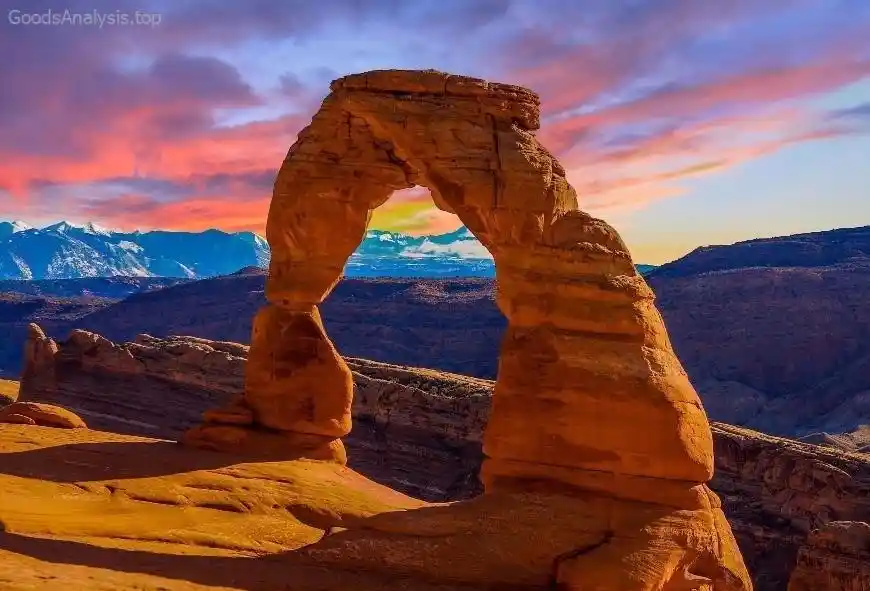
7. Instagrammable Moments and Photo Opportunities
Arches National Park is one of the most Instagrammable spots in the U.S., offering countless opportunities for stunning photos. Some of the most iconic spots include:
- Delicate Arch: The arch itself is one of the most photographed natural landmarks in the world. Capture it at sunset or sunrise for the best light.
- Double Arch: A unique double formation that makes for a great wide-angle shot.
- The Windows Section: This area offers several arches in a compact area, making it perfect for a group photo or a dramatic sunset shot.
In addition, the park’s Balanced Rock and Fiery Furnace provide unique perspectives that stand out in photographs.
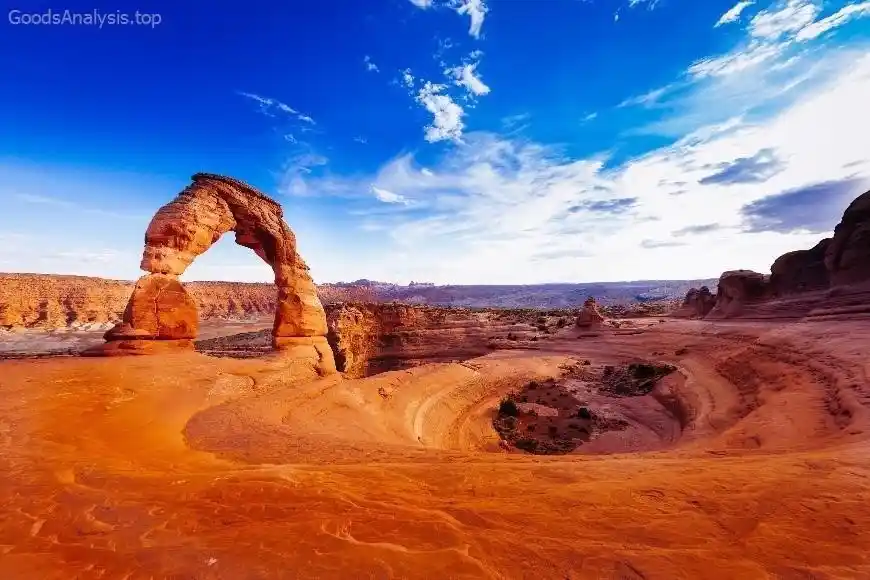
8. Travel Tips and Transportation
Arches National Park is located about 5 miles north of Moab, Utah, which is the nearest town. Moab is easily accessible via U.S. Highway 191, which connects to major routes like I-70 and U.S. Highway 6.
If you’re flying in, the nearest major airport is Grand Junction Regional Airport (GJT) in Colorado, about 2.5 hours away by car. The Salt Lake City International Airport (SLC) is about 4 hours away, offering more flight options.
Once at the park, it’s best to have a private vehicle for exploring the park and its surrounding areas. The park is quite spread out, and while there are shuttle services to certain points in Moab, they don’t operate inside the park itself.
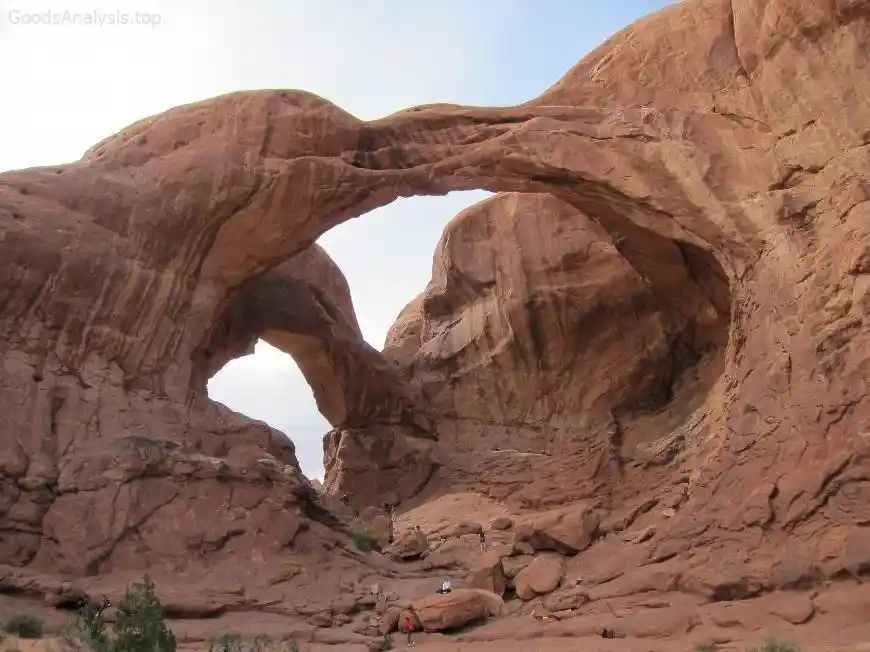
9. Safety and Etiquette Tips
- Stay on Designated Trails: To protect the park’s fragile ecosystem, it’s important to stay on established trails and avoid disturbing the rock formations.
- Hydrate: The desert environment can be hot and dry, especially in the summer months. Bring plenty of water, wear sunscreen, and dress appropriately for the conditions.
- Leave No Trace: Practice Leave No Trace principles by packing out all trash, avoiding picking plants or disturbing wildlife, and leaving natural features undisturbed.
- Wildlife: While the park is home to a variety of animals, including desert cottontails, rock wrens, and rattlesnakes, never approach or feed wild animals. Keep a safe distance.
10. Funny Facts and Notable Incidents
One amusing tidbit about Arches National Park involves its most famous arch—Delicate Arch. In the past, some hikers, hoping to get the perfect photo, have been caught in awkward or humorous poses while perched near the arch’s edge. Thankfully, no serious injuries have been reported.

